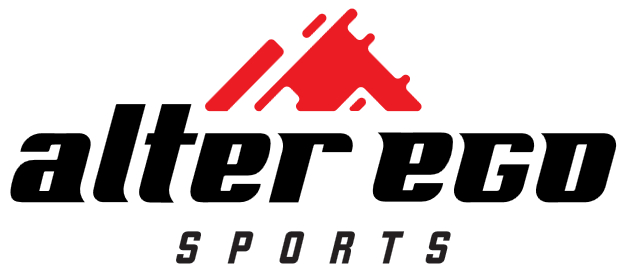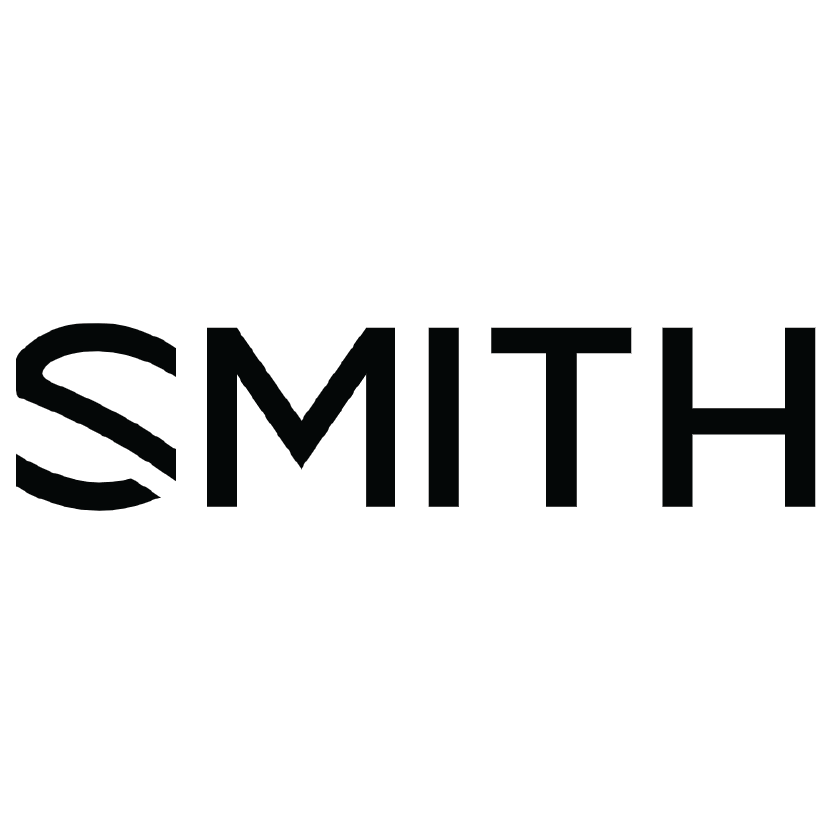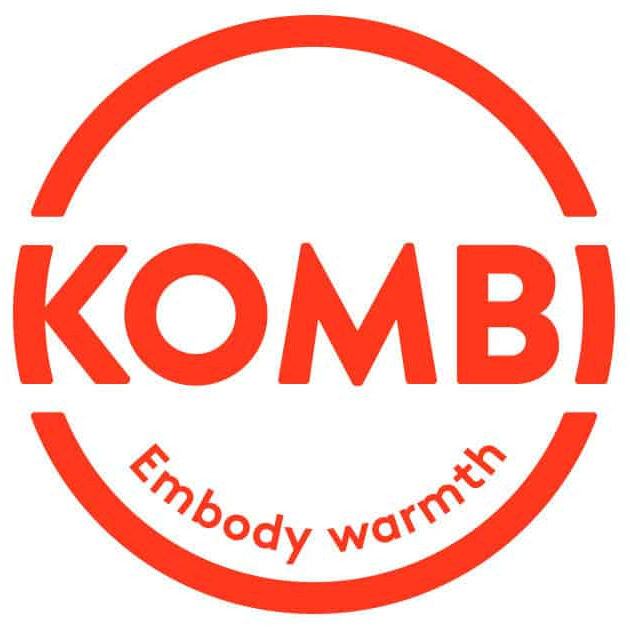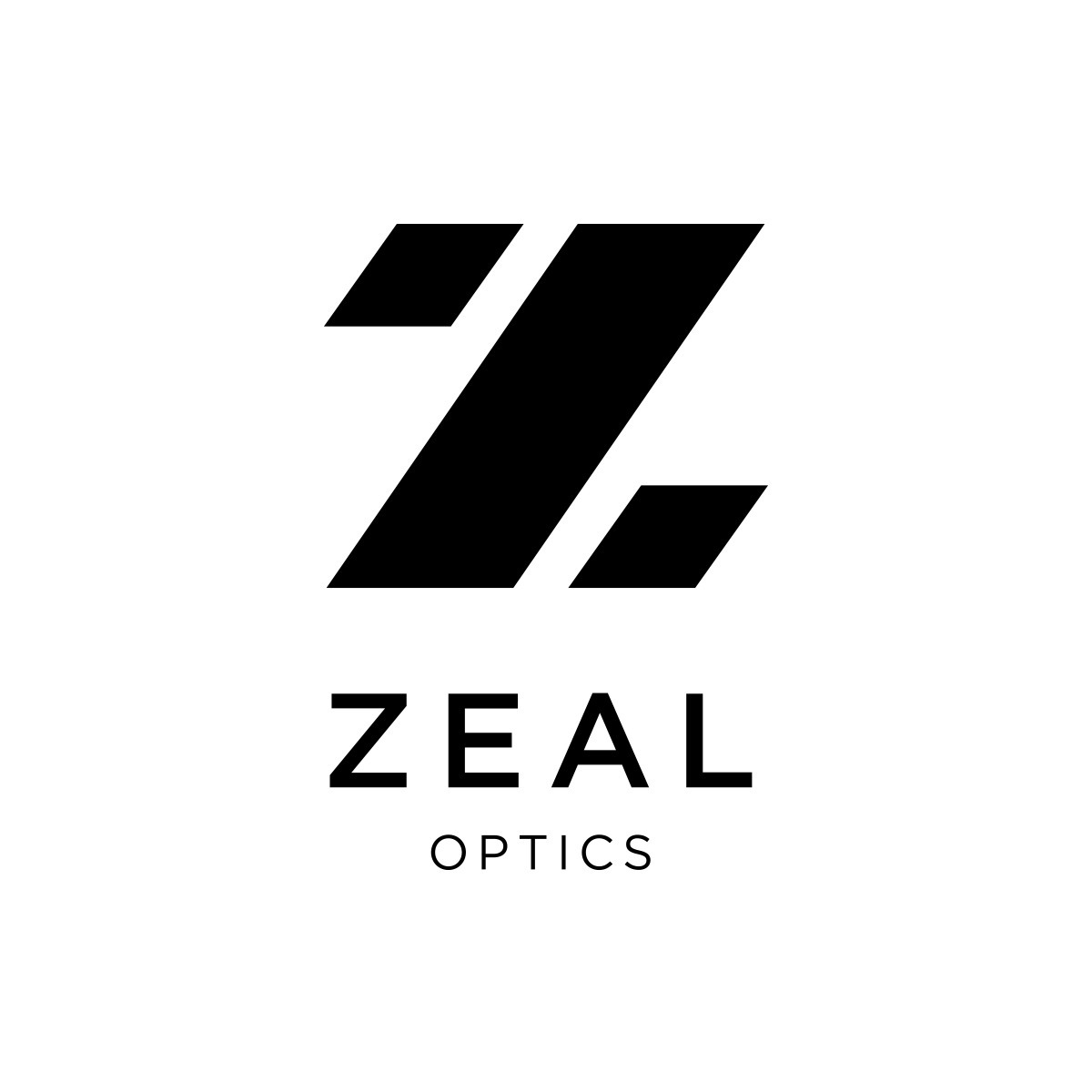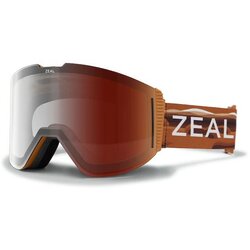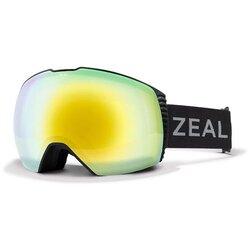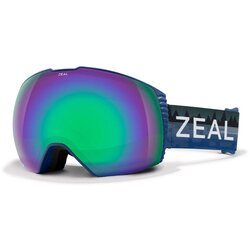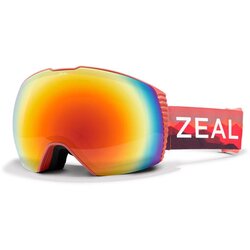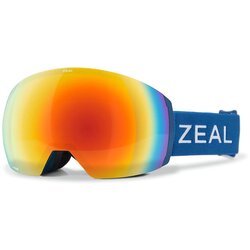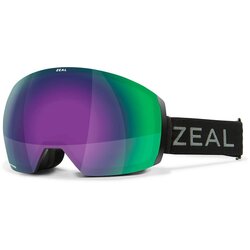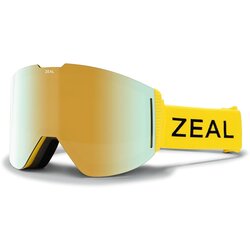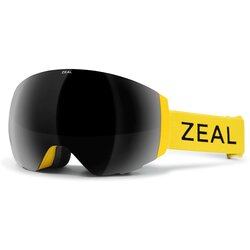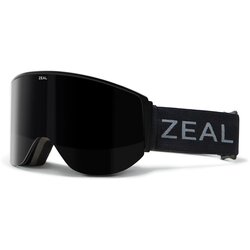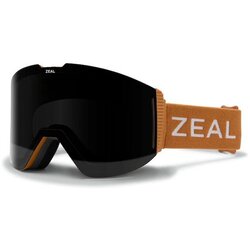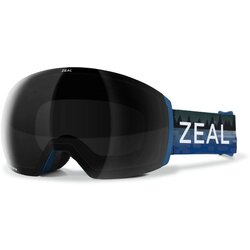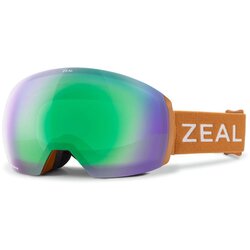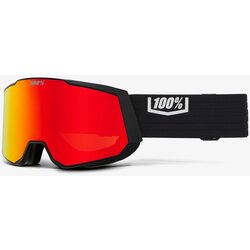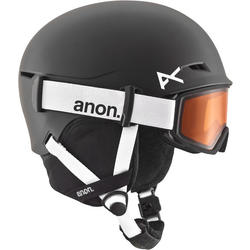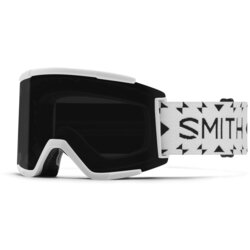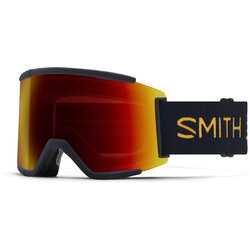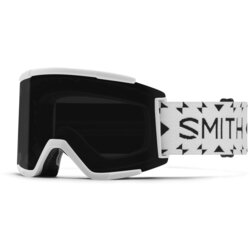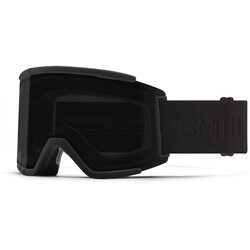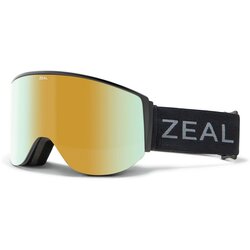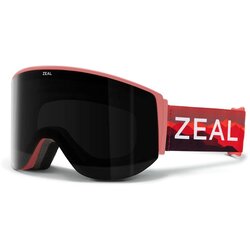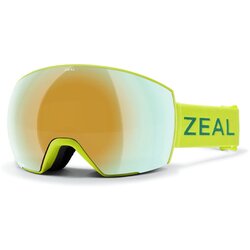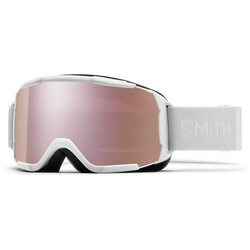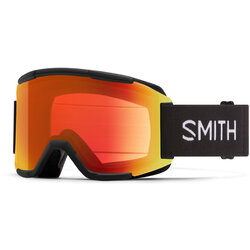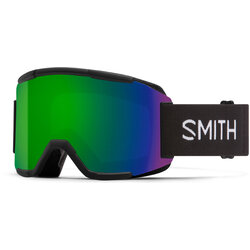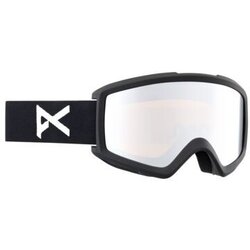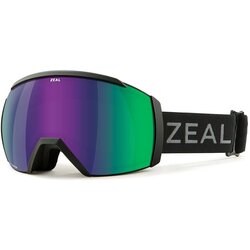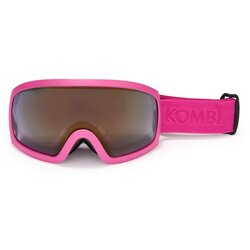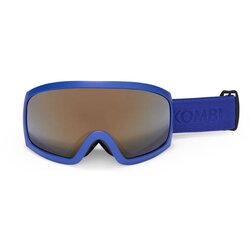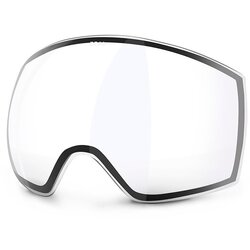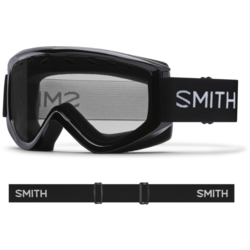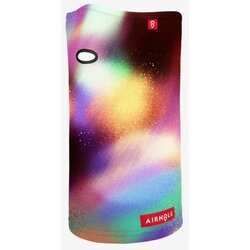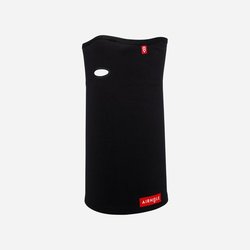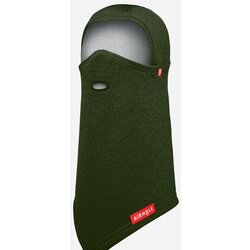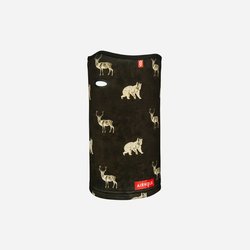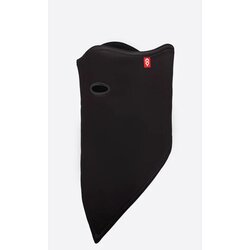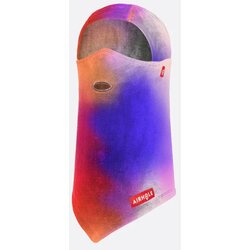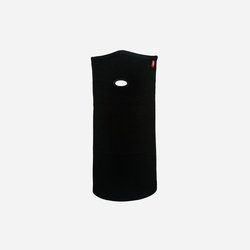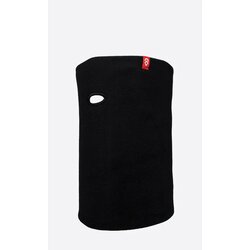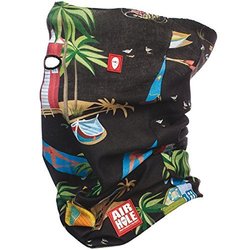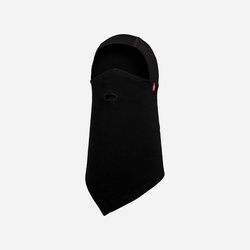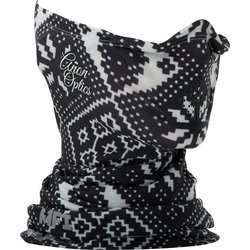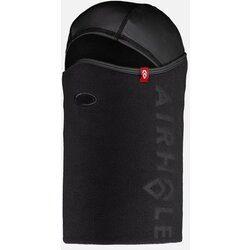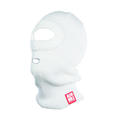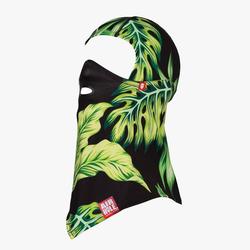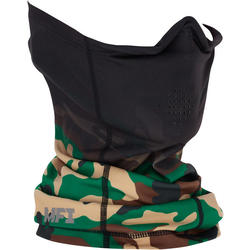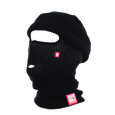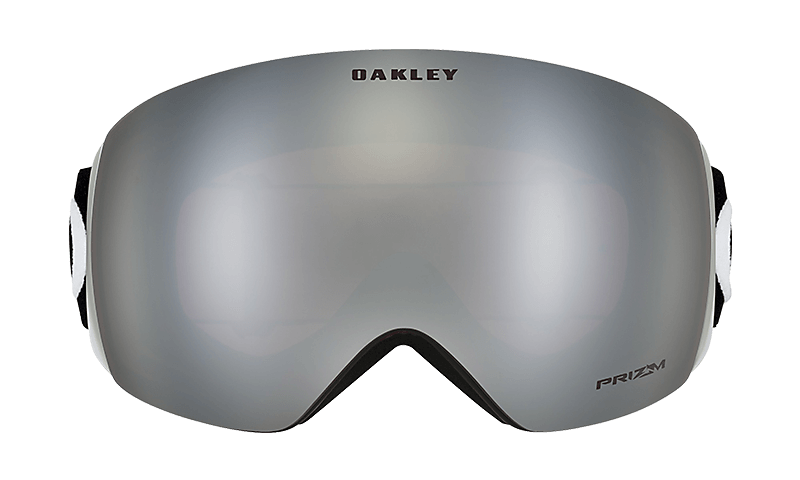Goggle and Lens Guide
If you're unsure of which goggles you need for your upcoming trip, or want to see the differences between the many different lenses, look no further! This guide should help narrow down your search for what goggle and lens combo you need to make the most of the season.
Proper Goggle Fit
Ensuring proper fit is a crucial step when buying a new set of goggles. Your face shape and size will affect how the goggles fit, and whether or not you wear glasses could limit your options.
RX Inserts for goggles
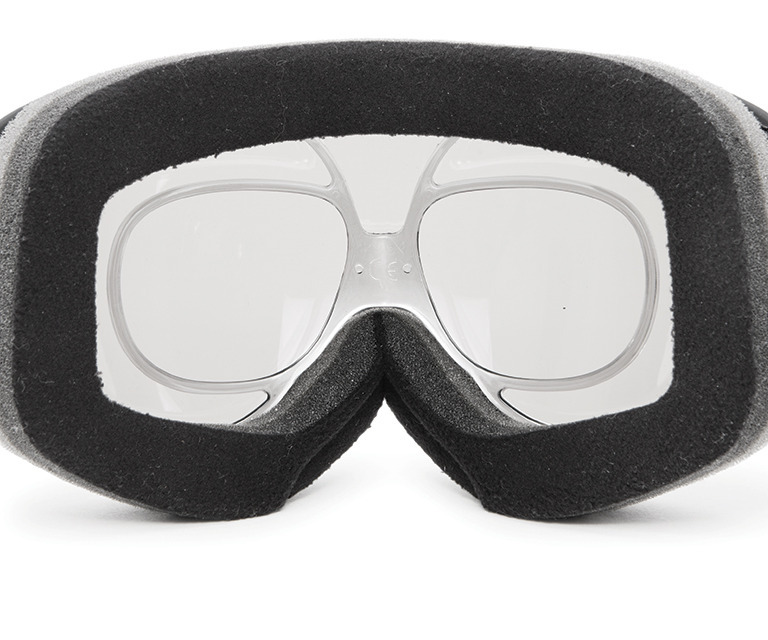
Glasses?
The easiest option for those with poor eyesight is to wear contact lenses, not glasses. The main advantages of contacts being that they will not limit your peripheral vision as glasses will, nor will they ever fog up as glasses commonly do when worn under goggles.
If you are unable to use contacts, there are some goggles which have the proper cutouts to fit some glasses. If your glasses are larger than normal they may not fit even with goggles that have the cutouts.
Another option would be to use a prescription insert also known as an RX insert. This insert will sit closer to the lens of the goggle, rather than sitting closer to your face. The advantage here is decreased fogging compared to a normal pair of glasses.
Notice the pinching around the nose, these goggles aren't sitting right on Lucas' face!
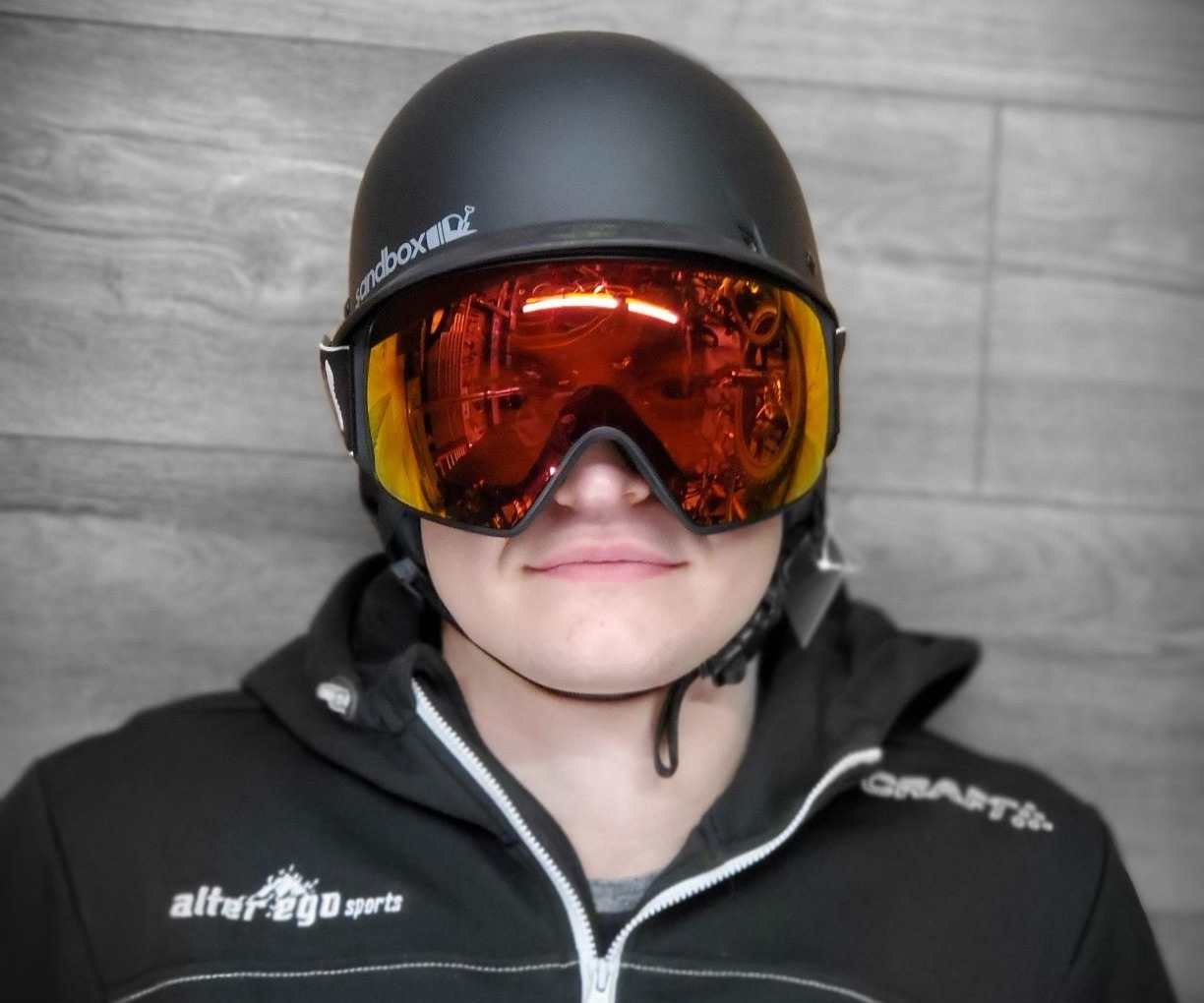
Gaps and Pinches
Goggles and helmets should work together for proper fitment and ventilation. This means the goggle and helmet fitment should be relatively seamless, with no large gaps between the top of the goggle and the helmet. If the gap is too large, then the helmet cannot help the goggle remove the heat coming off your face, ultimately leading to fogging of the goggle lens.
Another thing to look for is pinching on the nose. An oversized pair of goggles may be pushed down by the brim of the helmet, causing the goggle to pinch your nose and restrict your breathing. This can be somewhat uncomfortable.
Notice the extra padding around the nose on the yellow goggle on the left vs the regular goggle on the right.
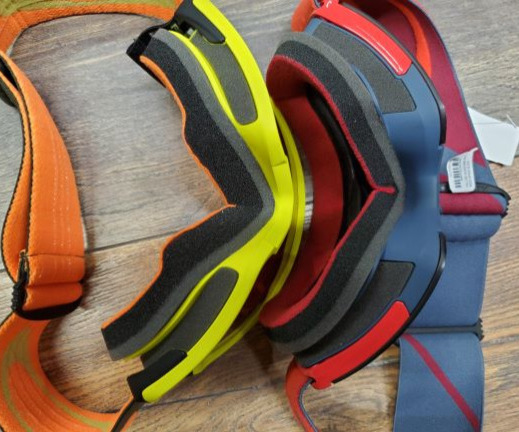
Low Bridge Fit
Low bridge fit goggles are designed for those with a less pronounced nose bridge and use a different foam layout - with more foam around the nose area to provide a better seal.
Low bridge fit models are currently available from Smith and Anon.
Masks and MFI
Your face mask will make a big difference on the fogging of your goggles! The best options are either an airhole mask or an MFI mask if you're using Anon goggles.
Airhole masks will have a literal air hole over the mouth preventing the hot air from your mouth travelling up into your goggles and fogging the lens.
For those wanting the sleekest of sleek, Anon's Magnetic Facemask Integration (MFI) is a fantastic choice for fog-free face warming. Rather than being stufffed under the goggle, MFI masks will magnetically attach to the underside of any MFI compatible Anon goggle. This allows the goggle to fully seal against the face, preventing any hot air from sneaking into your goggles and fogging the lenses.
Proper Goggle Care
Goggles can make a massive difference in performance and enjoyment while descending the slopes. Replacing goggles can be costly, thus maintaining them is in your best interest. Here are some quick tips to make sure your goggles last as long as possible.
Don't lay them down on the lens!
The lens is not scratch proof, be vigilant and protect your goggles by placing them face up or placing something soft like a microfiber cloth or goggle bag underneath.
Dab, don't wipe!
When cleaning the inside of the goggle, wait until the lens is dry. If you manage to get snow in there and absolutely must clean it, make sure to lightly dab with the goggle bag so to not wipe off the anti-fog coating.
Be careful what you use for cleaning!
Goggle lenses are not immune to scratches. Using the goggle bag or a microfiber cloth is the best way to keep your lens scratch free.
Give them a safe home!
Protect your investment, put your goggles in a goggle bag or even a case. You can never be too careful.
Defog using a hand dryer!
Quickest way to dry em off!
Lens Changing
Different brands will of course use different systems for changing lenses. This part comes down to personal preference, so take a look and see what works for you.
Oakley Switchlock
Switchlock is a fully mechanical locking system, using a locking switch and special lens cutout to ensure a securely fitting lens.
Oakley Ridgelock
Ridgelock does not use any magnets, instead, there is a uniquely shaped groove running all around the goggle frame and a matching ridge running around the edge of the lens that will fit snugly into the groove of the frame. The fit is is further secured with two extra deep ridges on the nose and top of the lens for a tighter, more secure fit.
Smith MAG
Smith MAG uses a series of magnets on the goggle frame and lens to provide a quick and easy lens change system.
Anon Magna Tech
Magna-Tech uses rare earth magnets on the goggle frame and lens for an easy, self-aligning lens change system.
Anon M Fusion
M-Fusion combines the simplicity of fast lens alignment with a magnetic latch system that makes lens changes a snap.
Zeal Rail Lock
Changing lenses has never been easier with our dual sliding rail system that guides and slides lenses easily onto the frame while a magnetic closure locks your lens into place ensuring a simple and secure lens swap. Featuring a rimless frame design for unsurpassed peripheral vision while skiing, snowboarding or snowmobiling. Guide, slide, lock with //RLs for the fastest lens change system anywhere on the mountain. Available in Hatchet, Portal, and Portal XL.
Anon Mig, Helix and Hawkeye Lens Changing
Changing the lenses on the Anon MIG, Helix or Hawkeye is very similar to Oakley Ridgelock. There is a groove running along the goggle frame and a ridge all around the lens that fits into the frame. The fit is secured with 9 small "clips" that will snug the lens to the frame.
Lens Shapes
A quick comparison between Cylindrical, Spherical and the fancy new Toric lens shapes.
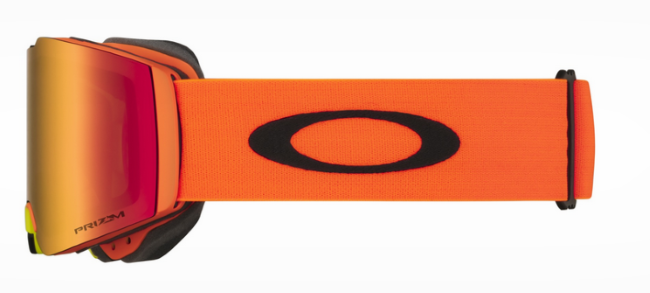
Cylindrical
The classic Cylindrical lenses are only curved on the horizontal axis, tapering in at the ends giving a classic, low profile look. These lenses are easier to produce than spherical or toric and generally slightly less expensive, making them a great shape for your first set of goggles.
Cylindrical lenses do have some drawbacks. Since the lens is curved in only one direction, there are more flat areas on the lens which will reflect light and cause lens glare. Cylindrical lenses also have a smaller surface area than spherical lens, which means there is less space inside a cylindrical lens/goggle than a spherical lens/goggle. This makes the cylindrical lens fog easier than a spherical lens, due to the hot air from your face being closer to the lens. Since they are only curved on one axis, cylindrical lenses will also cause minor optical distortion, more noticeable than spherical and toric.
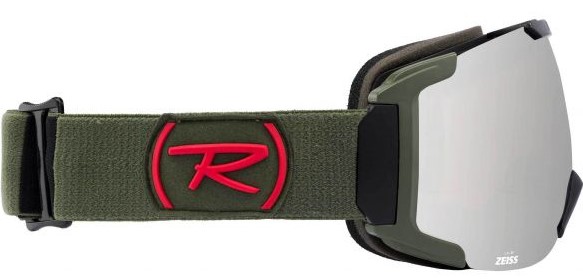
Toric
Toric lenses are the newest lens shape, sitting somewhere in between spherical and cylindrical. Toric lenses have the same horizontal curvature as the spherical lens, but less curvature along the vertical axis.
The main advantage to a toric lens is its optical accuracy. A toric lens follows the shape of your face closest giving the best optical accuracy.
These lenses are more likely to fog than a spherical lens, but less likely to fog than a cylindrical lens.
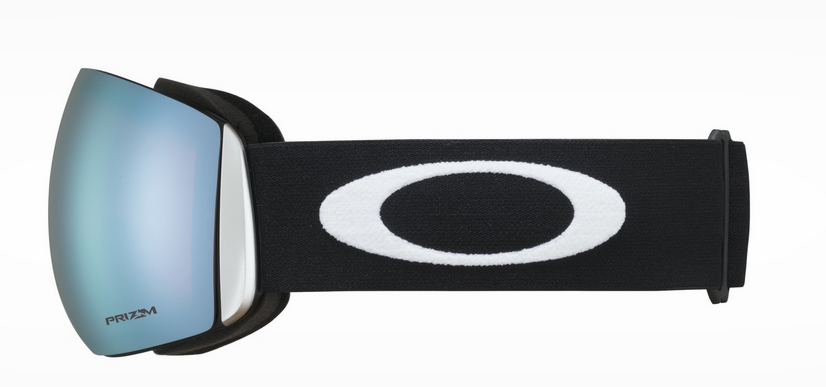
Spherical
Spherical lenses are curved in both the horizontal and vertical axis, as if they were carved out of a sphere. This alone will resolve many of the issues of a cylindrical lens.
Having a lens that is curved in two axes will cause less flat areas on the lens and lead to less lens glare. Spherical lenses also have a greater surface area since they curve outward, leaving more volume inside the goggle and decreasing the chance of fog. The curvature of a spherical lens is closer to the curvature of our eyes, which means the lens will produce minimal optical distortion.
Other Features
Goggle technology is always moving forward and becoming more complex every year. From straps to foam, every feature can change your view.
Framed vs Frameless
Aside from aesthetics, the frame design of a goggle can improve or restrict your peripheral vision. Many framed goggles tends to take away from your peripheral vision, while a frameless goggle usually improves and widens your peripheral vision.
| Frameless Goggle | Framed Goggle |
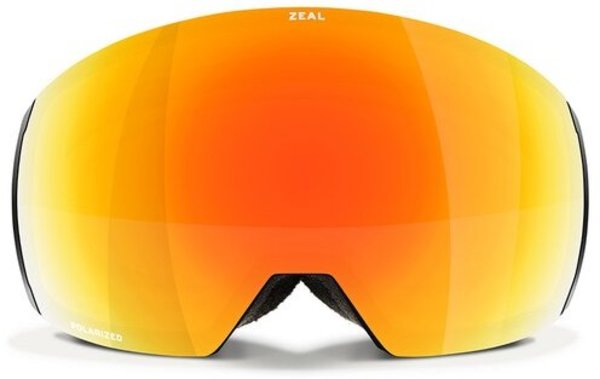 | 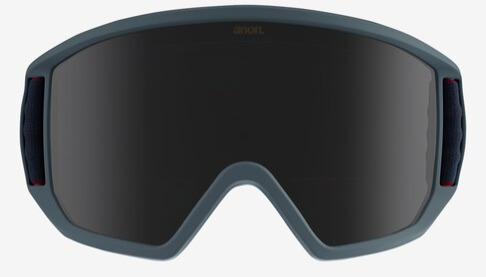 |
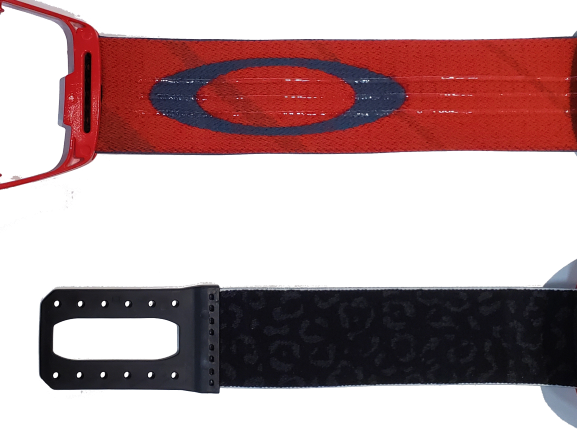
Silicone Straps
Goggle straps slipping around on your helmet can become a minor annoyance when trying to enjoy the slopes. Having some grippy silicone on the backside of the straps can help keep them steady and prevent any unwanted movement. These types of straps are found on goggles of all price points.
The bottom image is a regular strap, while the top image has the silicone strips.
Foams
Not all goggles are made equal and that applies to the foam on the frame as well. Most ski goggles will either come with single, dual or triple density foam separating the goggle frames from your face. This allows for better contouring of the goggle to face ultimately leading to greater comfort. Additionally, a better fitting goggle will create a superior seal, preventing wind from entering the goggle and assisting with the avoidance of dry eyes.
Ventilation
Nobody enjoys foggy goggles. Most goggles have some sort of ventilation located on the top and bottom of the frames. This helps pass air through the goggles thus removing moisture as well. Majority of modern snow helmets are going to have vents that align with the vents on the goggle. This is to promote even greater airflow through the goggle, further preventing fogging.
Extra Lenses
No one goggle lens is ideal for every weather condition. This is why having the ability to change lenses out for different conditions can be such a game changer. Some goggles will come with a second lens in the box, usually intended for lower-light conditions. Extra lenses usually come with goggles starting at around $200. Check out the lens comparison chart for details on the different lenses!
High Contrast Lenses
What looks like flat, even snow could be a treacherous path of ruts, kickers and drops. Special colour filtering lenses can help increase the contrast on the mountain and help you better navigate the terrain.
Anon Sonar
Sonar by Zeiss is a colour filtering lens used by Anon. It works by filtering out blue light, which helps increase contrast. There are a few different types of Sonar lenses, all of which will have a slightly different VLT% and ideal light condition.
Smith Chromapop
Chromapop lenses filter out light that is in between the primary colors, as illustrated below.

This will again increase contrast and make everything appear more vibrant and clearly defined.
Oakley PRIZM
PRIZM lenses work by boosting the contrast of certain colours to increase clarity and definition. This is achieved using specific dyes that filter out the "noisy" wavelengths of light, the ones that wash out your view and bring the contrast down.
It's also worth noting that different sports and activities require different tints to properly enhance the clarity and definition. This is why manufacturers will have different types of contrast boosting lenses for different sports. For example, a pair of Oakley Flight Jacket sunglasses with PRIZM Road would not give you the same effect as a pair of Oakley Flight Decks with PRIZM Snow lenses.
Lens Comparison Chart
Use the chart below to compare the lenses offered by our brands. VLT%, or visual light transmission, referes to how much light is passing through the lens into your eyes. Low VLT% is ideal for sunny conditions, while high VLT% is best for low light conditions.
Smith Lens Guide
Lens Name | VLT% | Ideal Condition | Colour Base |
|---|---|---|---|
Sun Green Mirror 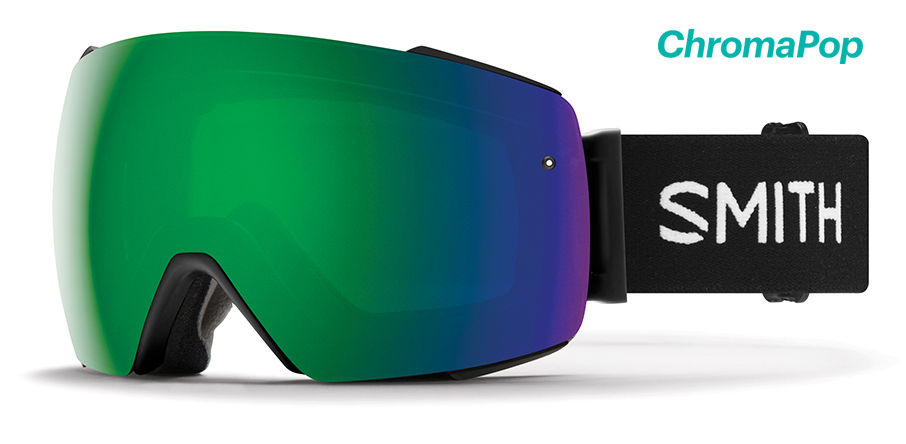 | 9% | Sunny | Grey |
Sun Black 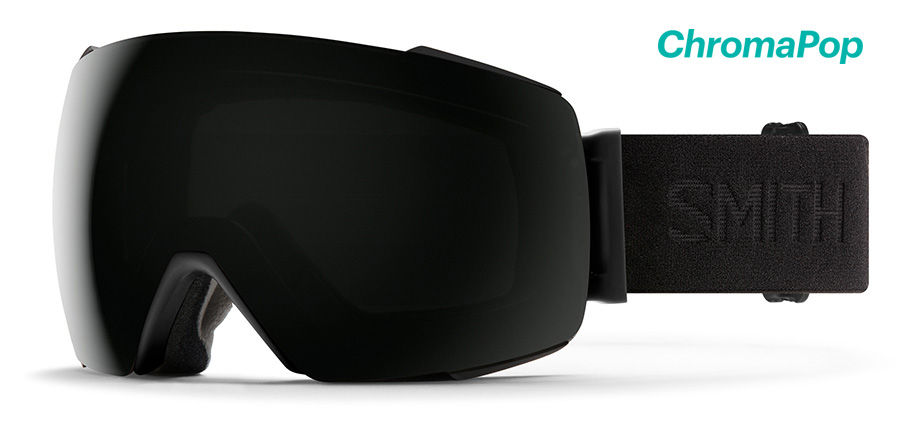 | 12% | Sunny | Grey |
Sun Platinum 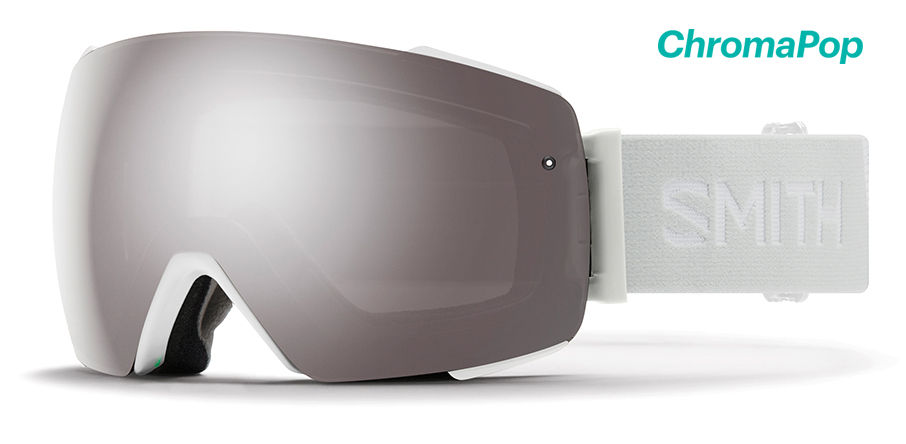 | 13% | Sunny | Grey |
Sun Red 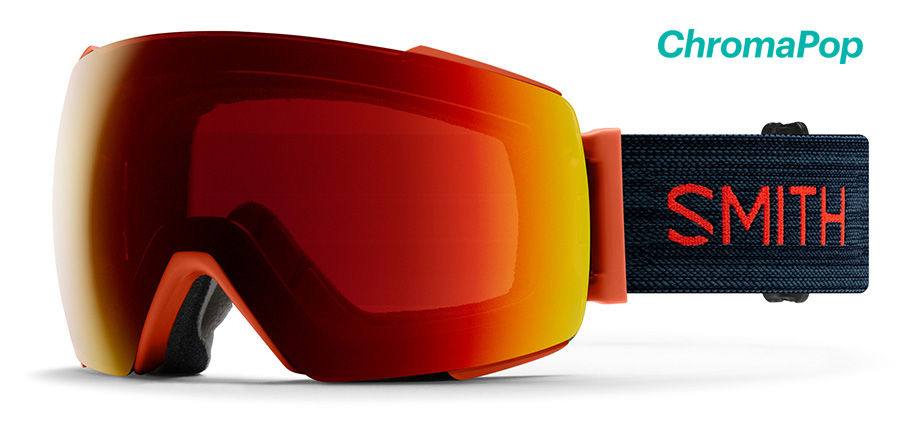 | 16% | Sunny | Grey |
Everyday Green Mirror 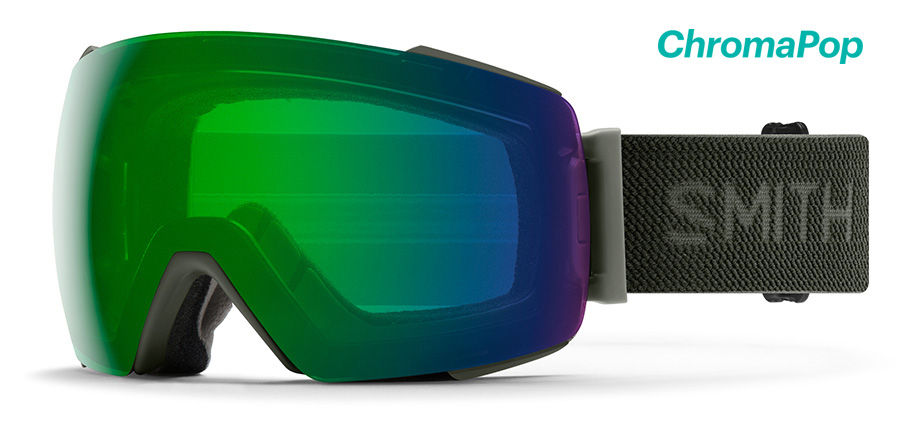 | 23% | Sun and Clouds | Rose |
Everyday Violet Mirror 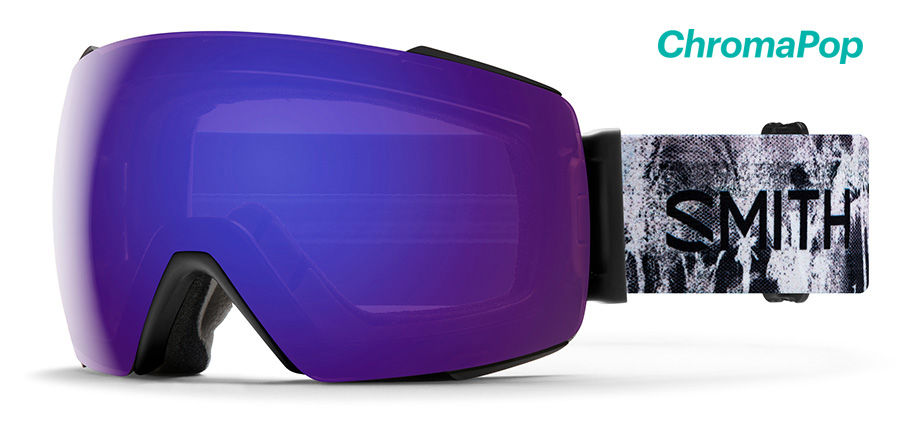 | 23% | Sun and Clouds | Brown |
Everyday Red Mirror 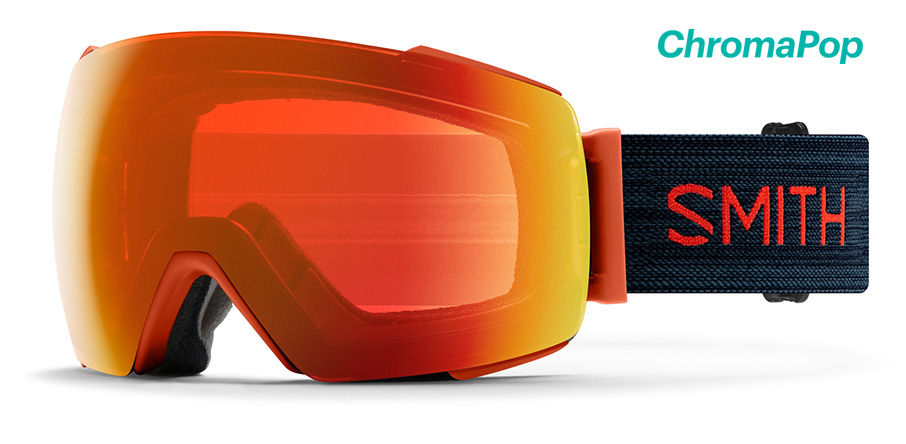 | 25% | Sun and Clouds | Brown |
Everyday Rose Gold 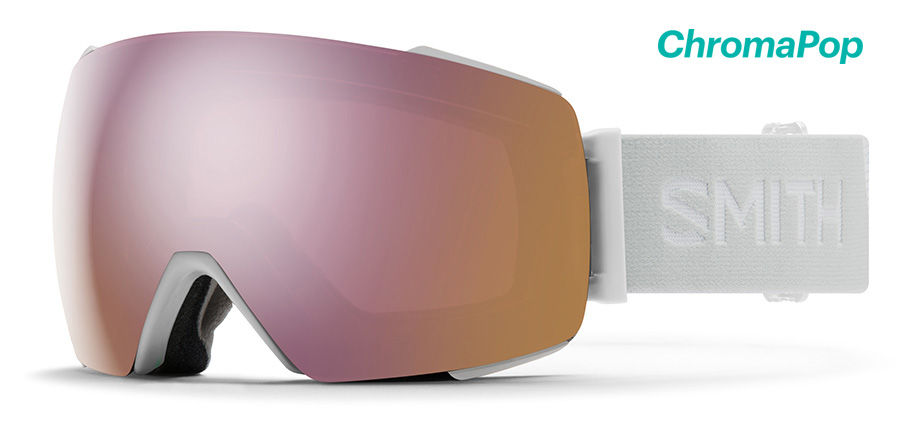 | 36% | Sun and Clouds | Brown |
Storm Rose Flash 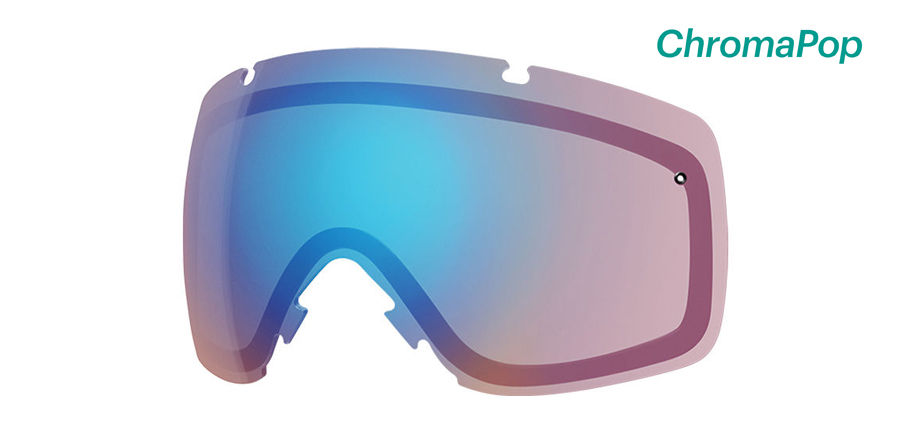 | 50% | Snow and Overcast | Rose |
Storm Yellow Flash 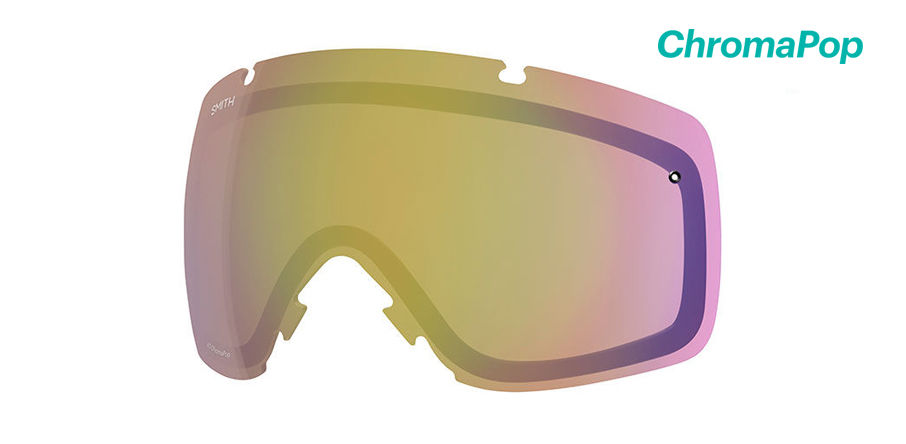 | 65% | Snow and Overcast | Yellow |
Photochromic Red Mirror 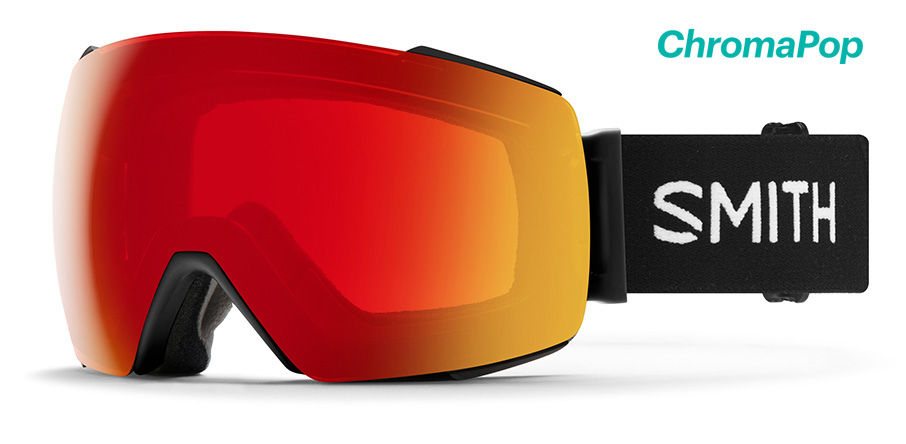 | 20-40% | Sunny to Cloudy | Brown |
Photochromic Rose Flash 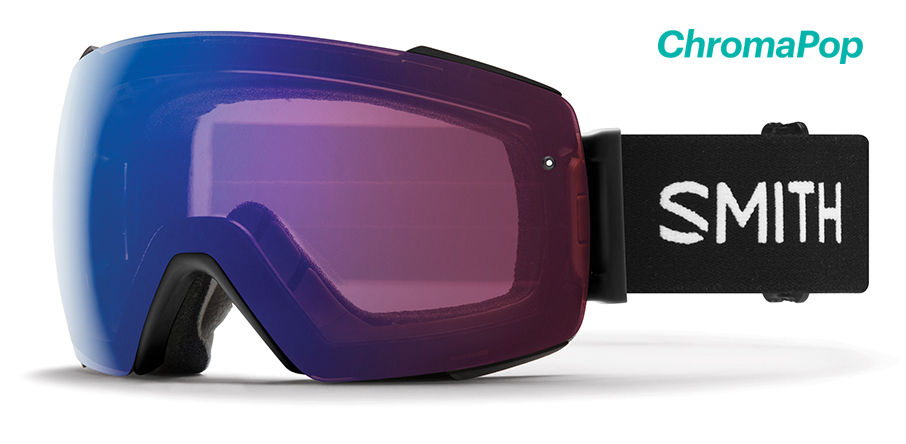 | 30-50% | Cloudy to Overcast | Rose |
Zeal Lens Guide
| Lens Name | VLT% | Ideal Condition | Colour Base |
|---|---|---|---|
Optimum Dark Grey 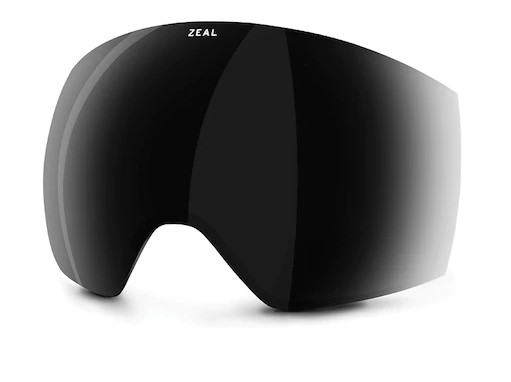 | 8% | Sunny | - |
Optimum Jade Mirror 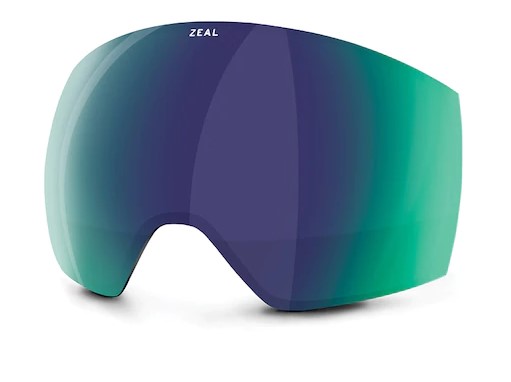 | 30% | Sun and Clouds | - |
Optimum Phoenix Mirror 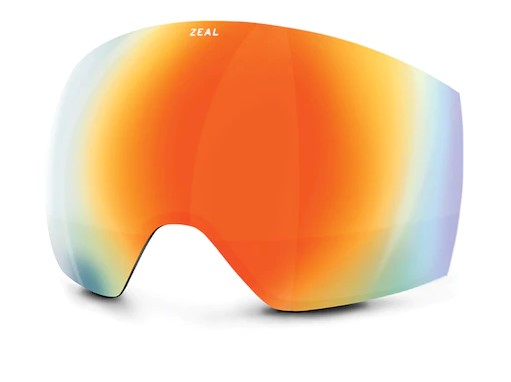 | 30% | Sun and Clouds | - |
Optimum Alchemy Mirror  | 30% | Sun and Clouds | - |
Optimum Persimmon Sky Blue Mirror  | 65% | Snow and Overcast | - |
Polarized Jade Mirror 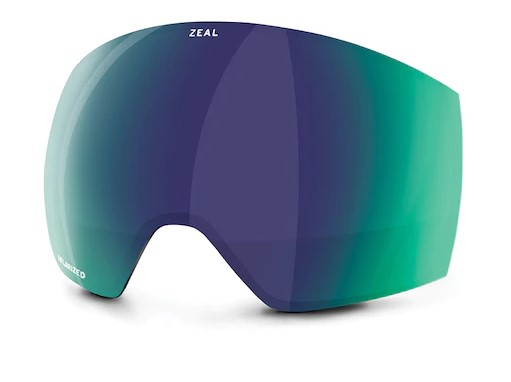 | 18% | Sunny | - |
Polarized Phoenix Mirror 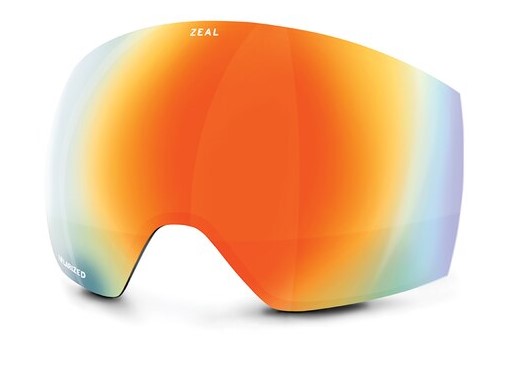 | 18% | Sunny | - |
Polarized Bluebird HT 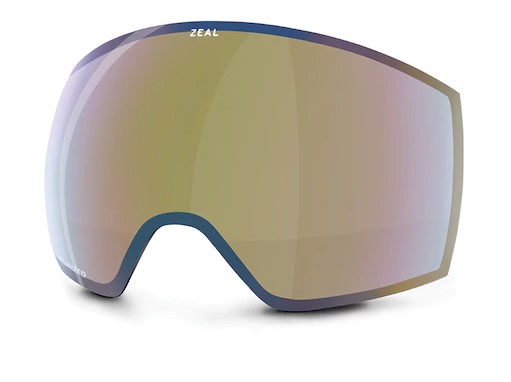 | 33% | Sun and Clouds | - |
Auto+ RB 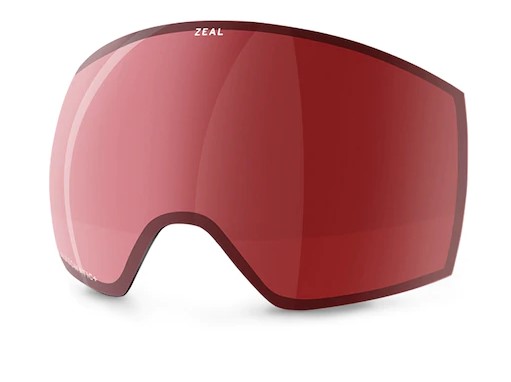 | 20-38% | Sunny to Cloudy | Light Rose - Deep Rose |
Auto+ GB 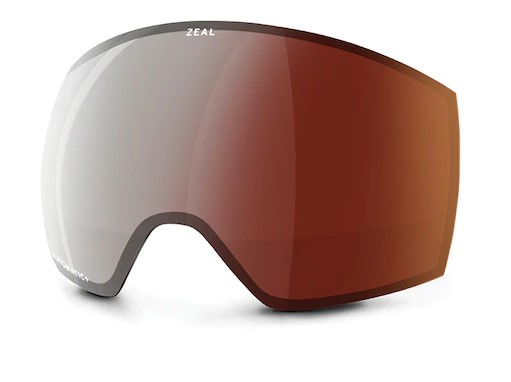 | 18-38% | Sunny to Cloudy | Light Grey - Deep Rose |
Auto+ YB 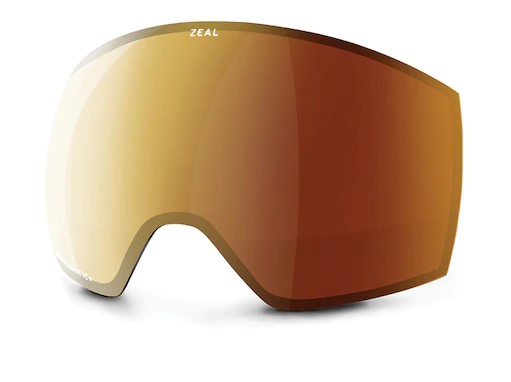 | 17-33% | Sunny to Cloudy | Yellow - Persimmon |
Oakley Lens Guide
| Lens Name | VLT% | Ideal Condition | Colour Base | |
|---|---|---|---|---|
| 6% | Sunny | Bronze | |
Prizm Snow Jade Iridium 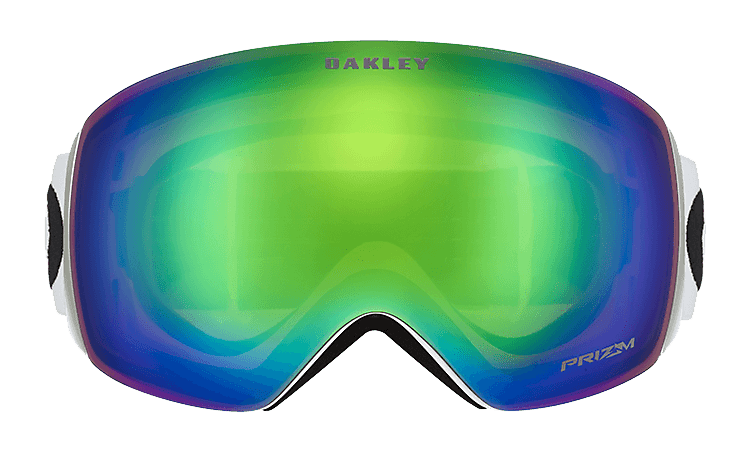 | 13% | Sun and Clouds | Bronze | |
Prizm Snow Sapphire Iridium 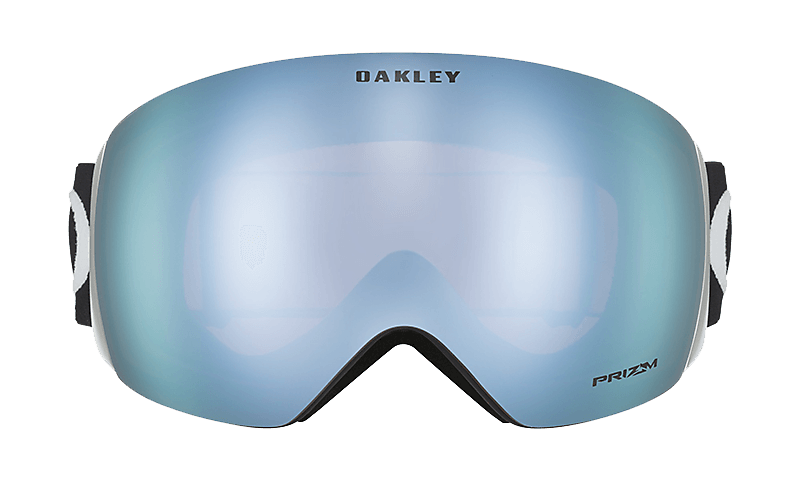 | 13% | Sun and Clouds | Bronze | |
Prizm Snow Torch Iridium 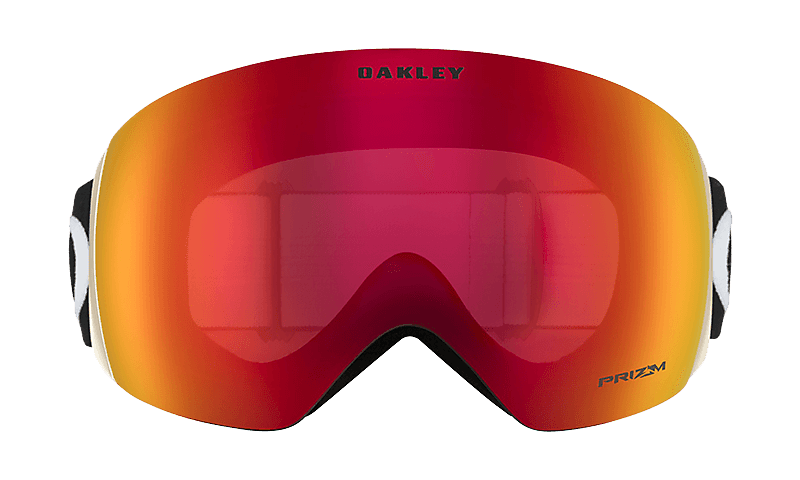 | 17% | Sun and Clouds | Bronze | |
Prizm Snow Rose 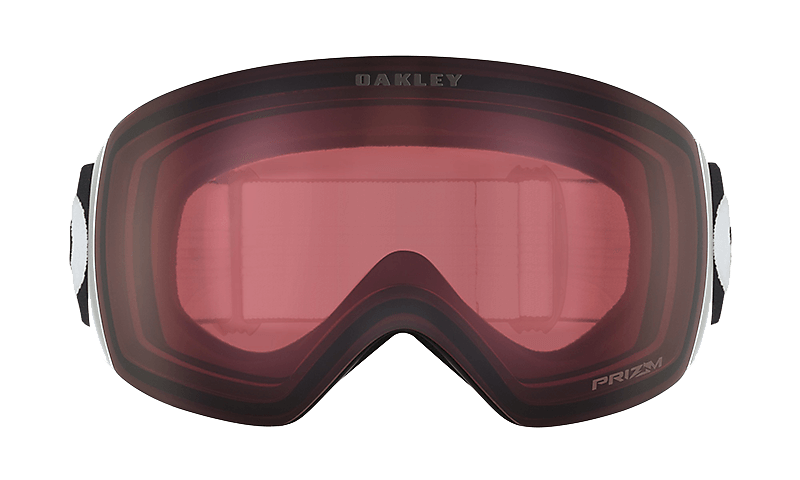 | 26% | Snow and Overcast | Bronze | |
Prizm Snow Persimmon 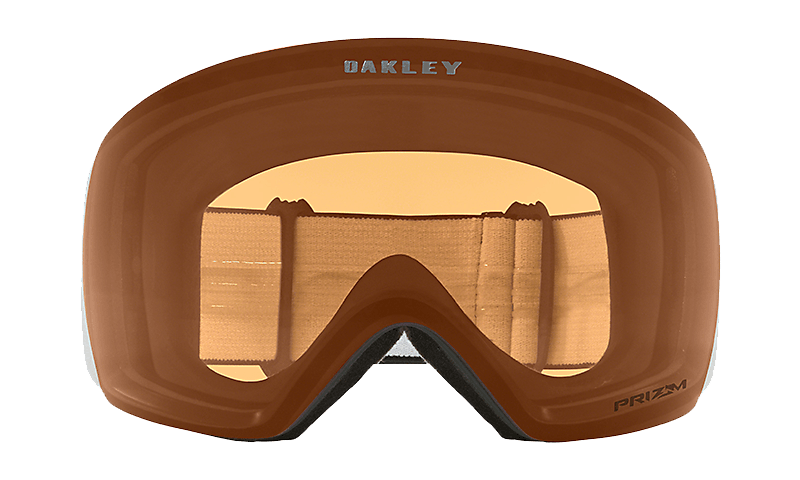 | 38% | Snow and Overcast | Orange | |
Prizm Snow Hi Pink 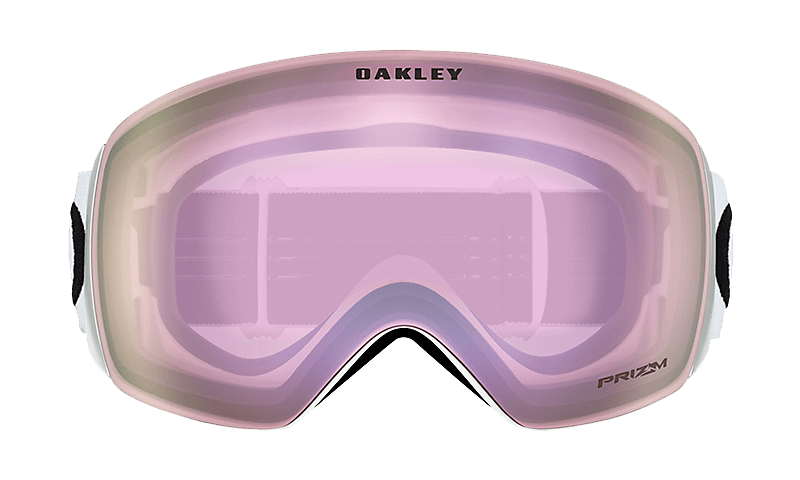 | 38% | Snow and Overcast | Pink |
Anon Lens Guide
| Lens Name | VLT% | Ideal Condition | Colour Base |
|---|---|---|---|
Sonar Silver 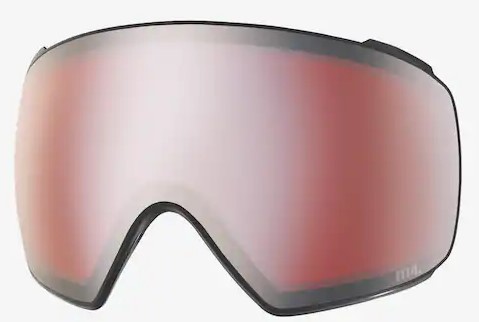 | 6% | Sunny | - |
Sonar Smoke 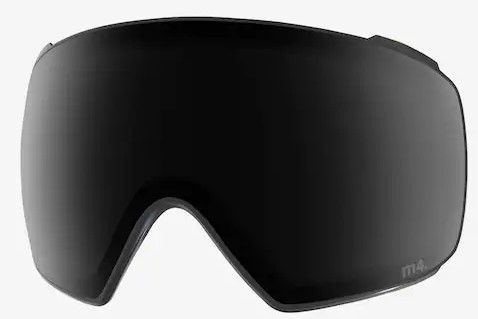 | 7% | Sunny | - |
Sonar Red 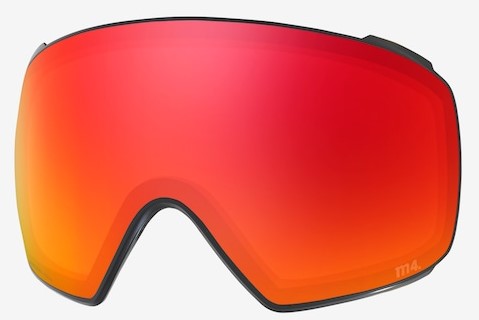 | 14% | Sunny | - |
Sonar Bronze 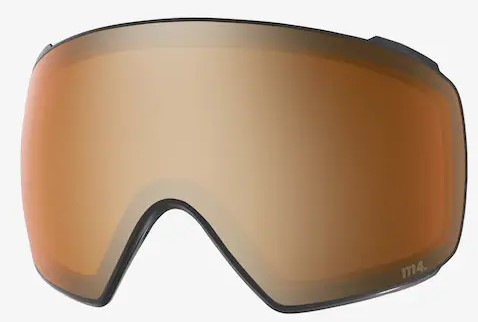 | 19% | Sunny | - |
Sonar Green 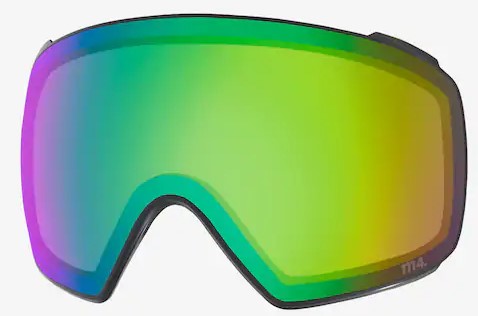 | 23% | Sun and Clouds | - |
Sonar Pink 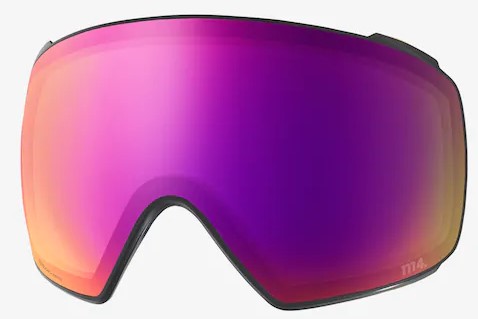 | 39% | Sun and Clouds | - |
Sonar Infrared Blue 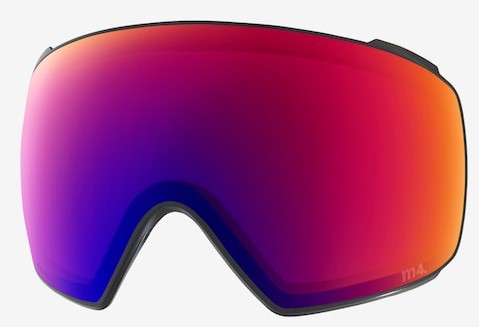 | 39% | Sun and Clouds | - |
Sonar Blue 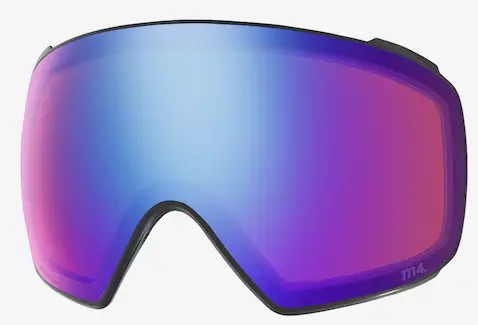 | 46% | Snow and Overcast | - |
Sonar Infrared 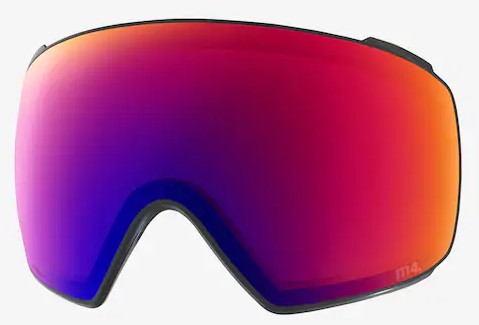 | 57% | Snow and Overcast | - |
Sonar Night 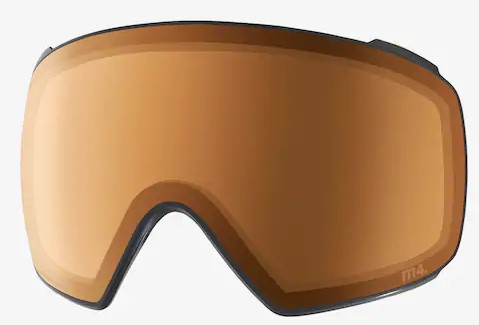 | 77% | Snow and Overcast | - |
Dark Smoke 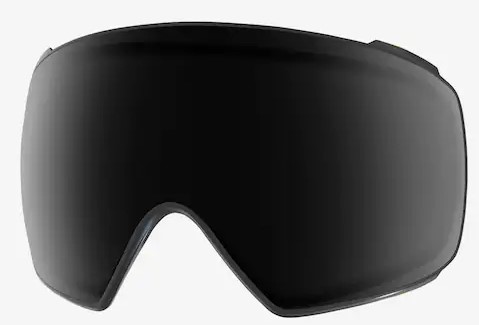 | 8% | Sunny to Cloudy | - |
Amber 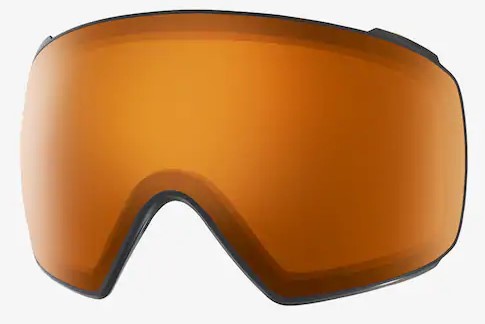 | 55% | Snow and Overcast | - |
Clear 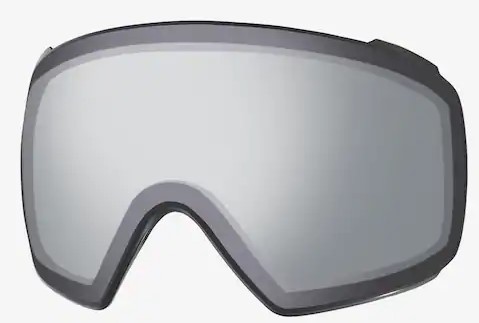 | 85% | Storm/Apocalypse | - |
